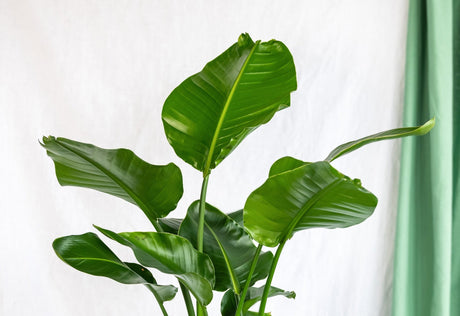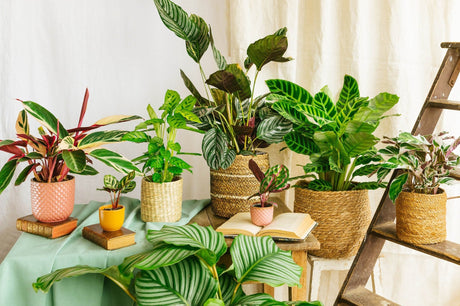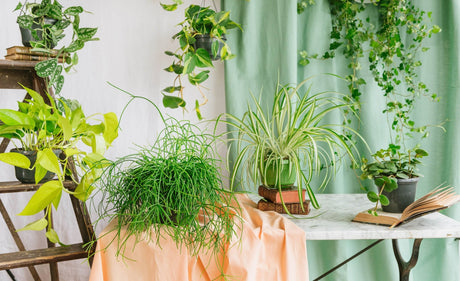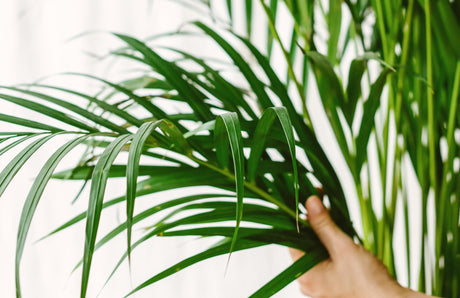Why use clay pebbles?
As you probably know, the majority of plantsneeds drained soil to thrive. However, the soil often holds water, which prevents it from draining properly. The water then stagnates and thus causes the rotting of the roots by asphyxiation.Clay pebbles will be your best gardening ally in this context, ensuring perfect drainage of the substrate. They retain the humidity of the water, beneficial for plant, which will thus draw from it depending of his needs.
Thanks to its raw material of clay soil extracted from quarries, the clay ball is a 100% mineral product that has many benefits for your plants. It is light, porous, durable, stable and recyclable. Its natural orange earth color also allows it to be decorative. It will thus be able to integrate perfectly into your plant landscape, whether indoors or outdoors. The clay ball promotes the good development of your plants thanks to its draining role. It lightens and aerates the substrate, thus preventing the roots from rotting.
You will understand, the clay ball really has it all, and we are sure that, like us, you are convinced of its benefits to pamper your plants.
Here are some tips for getting the most out of clay pebbles.
How to use clay balls?
1.The clay balls at the bottom of the pot or planting hole
The use of clay pebbles is the first step here when planting or repotting a plant. Place the clay balls at the bottom of the planting hole or pot, on a layer of 2 to 5 cm depending on the size of your plant. If it is a repotting, make sure that your pot has a good hole in the bottom. You then need to place a little soil or compost on this layer of clay balls before coming and depositing the root ball of your
2.Clay pebbles for surfacing
Clay pebbles can also be used as a mulch on plantings in
3.Clay pebbles in your potting soil
You can also, when planting or repotting, mix a small amount of clay pebbles into the potting soil or soil used. This will lighten the substrate and aerate it, which will allow the roots to develop in a favorable environment.
4.Clay pebbles for maintaining a humid atmosphere
For some tropical plants, such as orchids, clay pebbles will be used differently. They allow here to help create a water reserve directly in the cup of an indoor plant. The plant pot will thus be placed on a layer of clay pebbles. The latter will naturally soak up water when watering, create a humid atmosphere, and gradually distribute water to the plant, respecting its needs, without the plant being in direct contact with the water. . If you notice that the clay balls are dry, remember to water them regularly to keep them wet.






